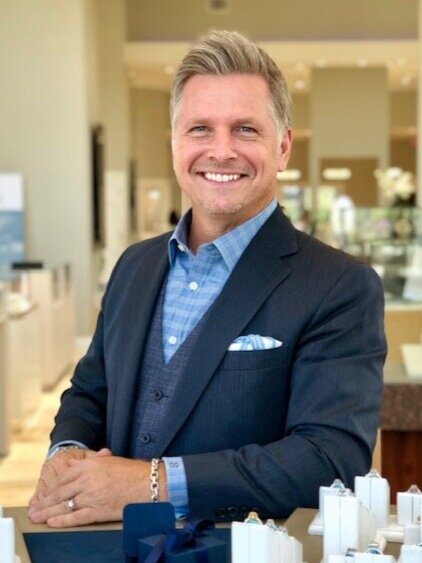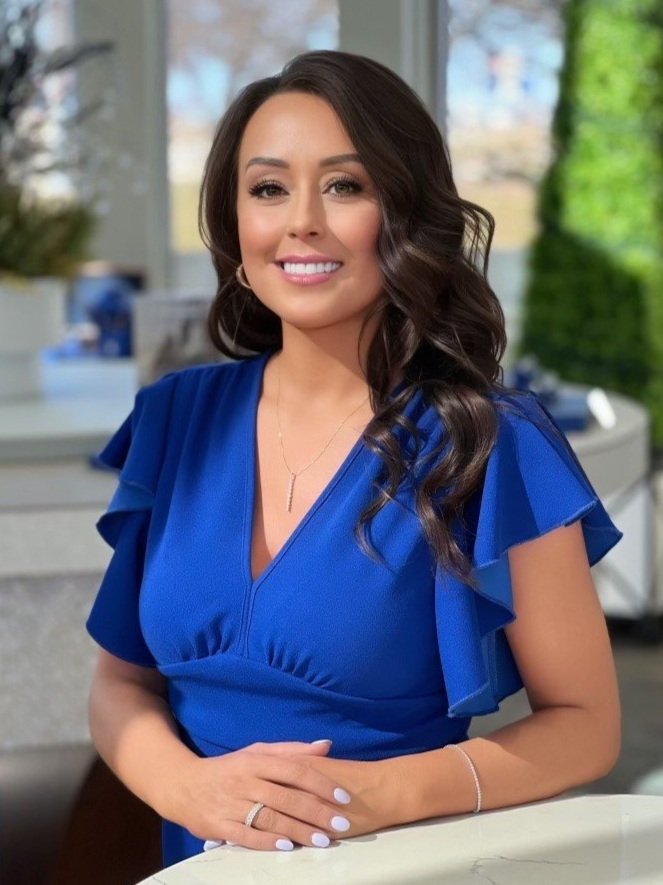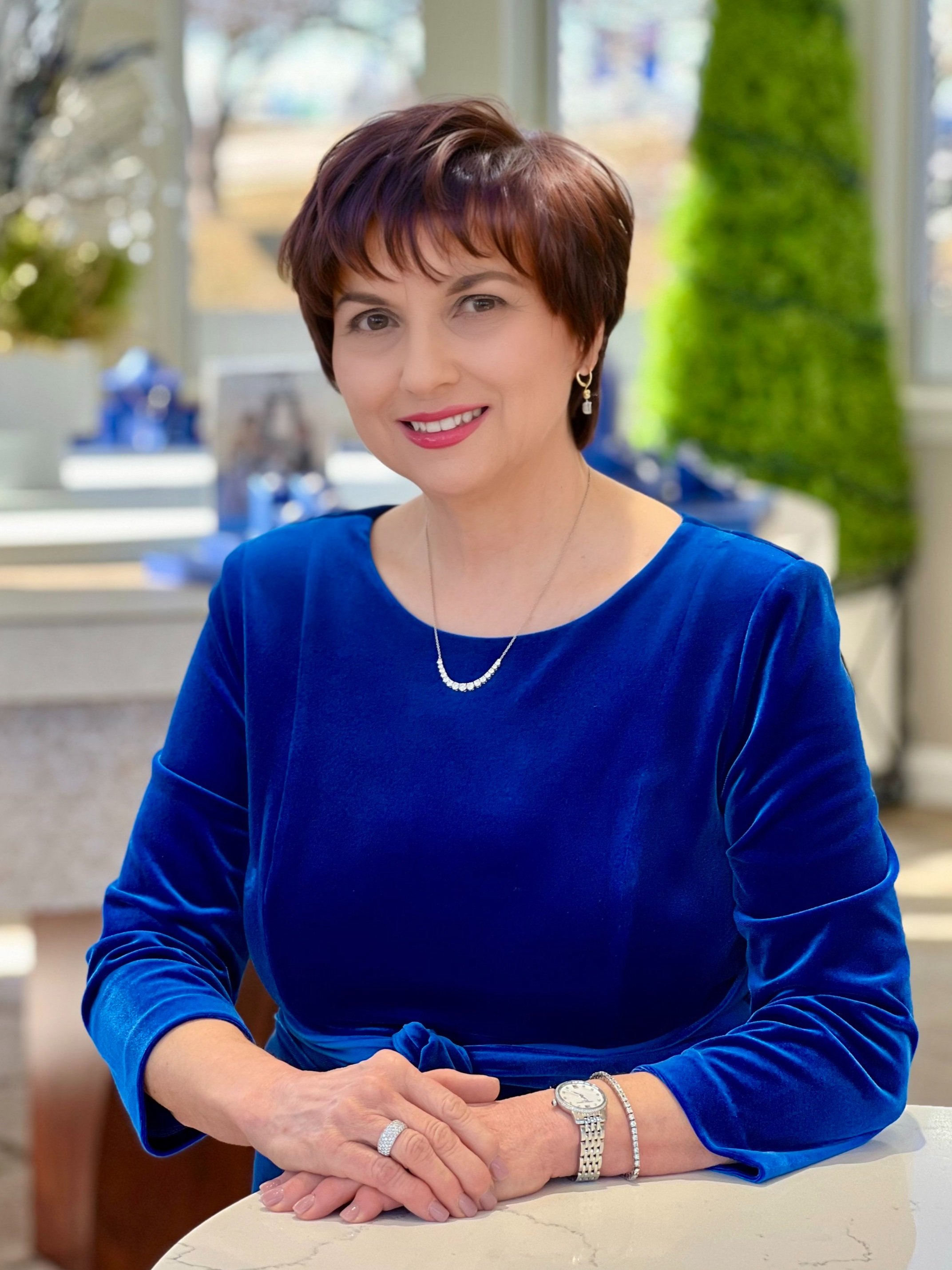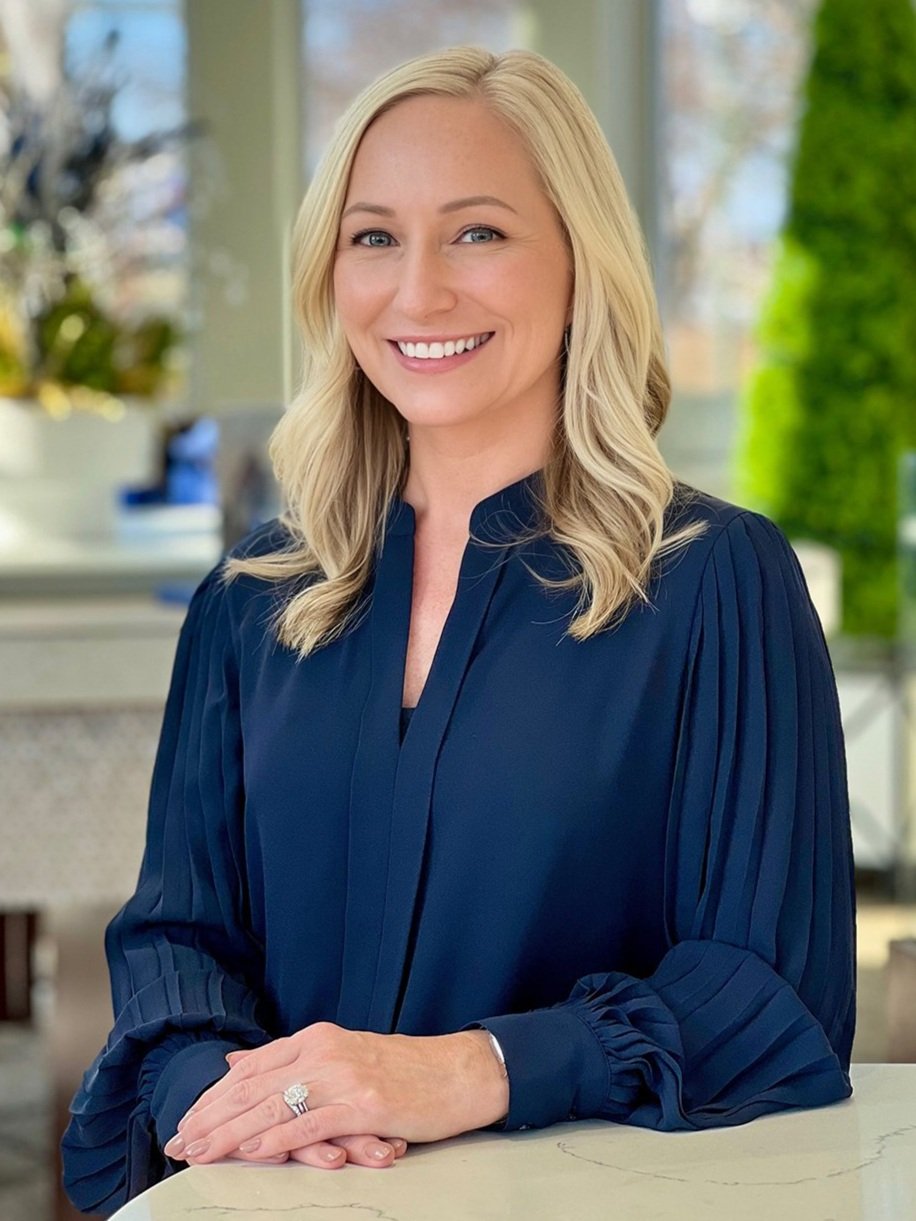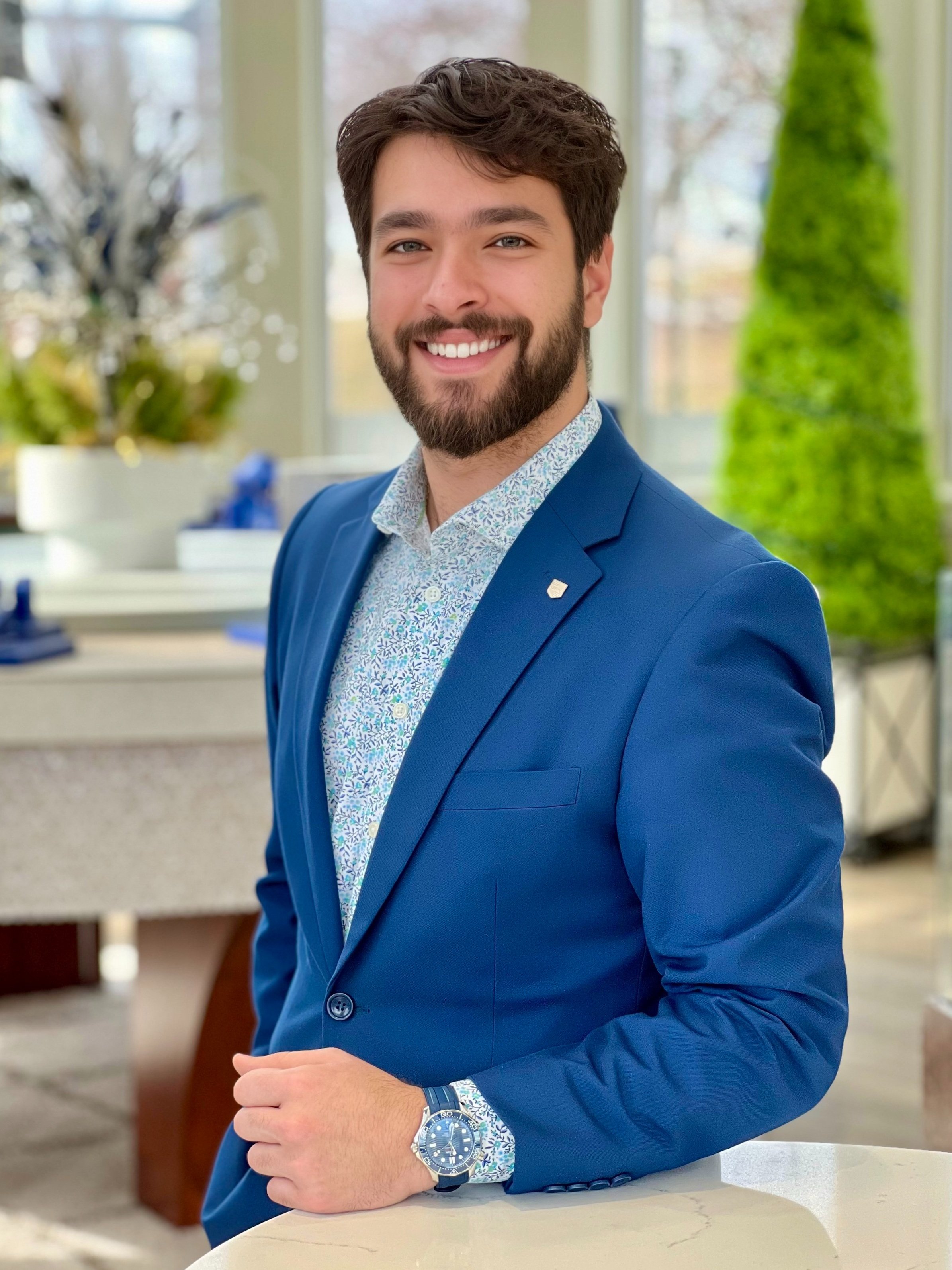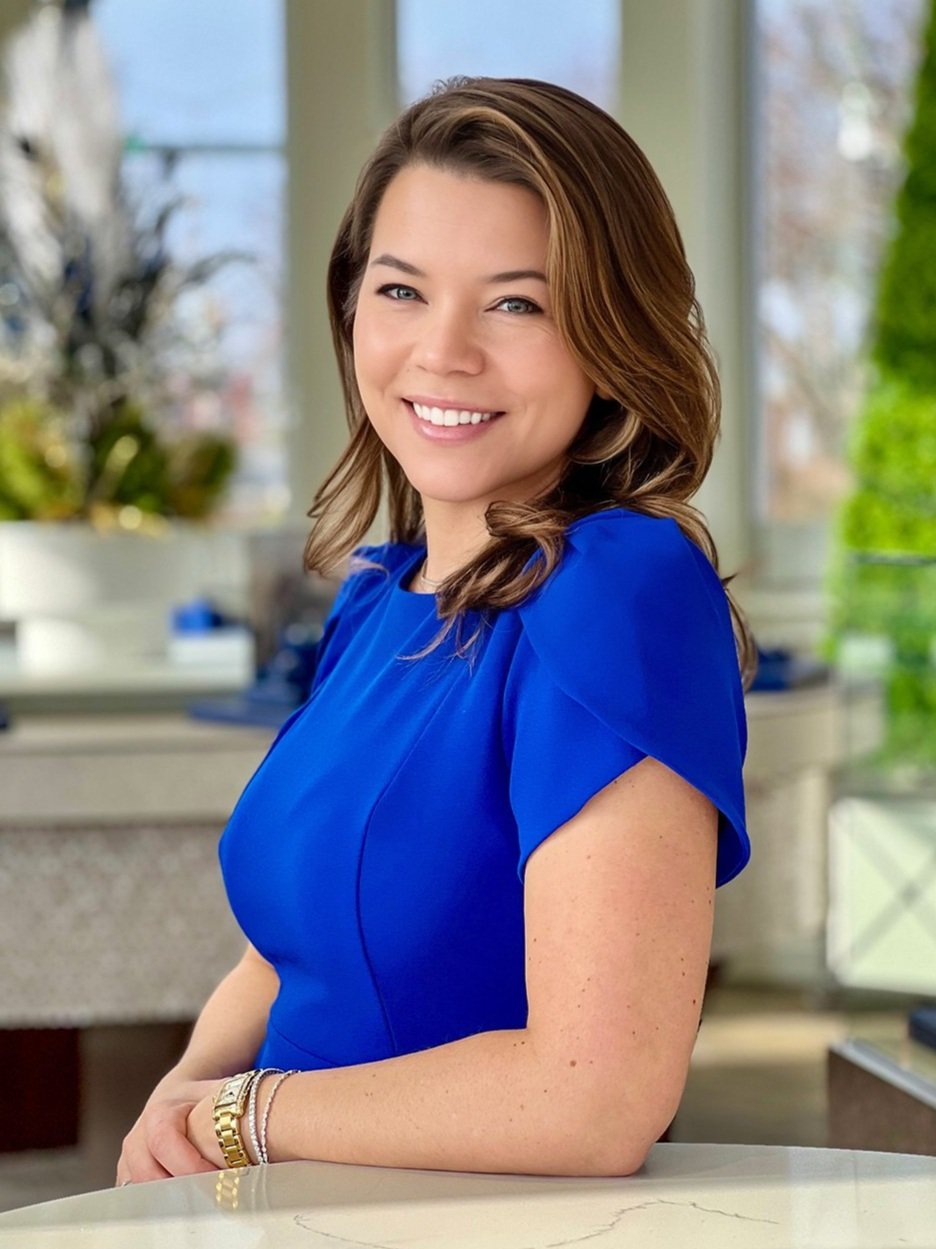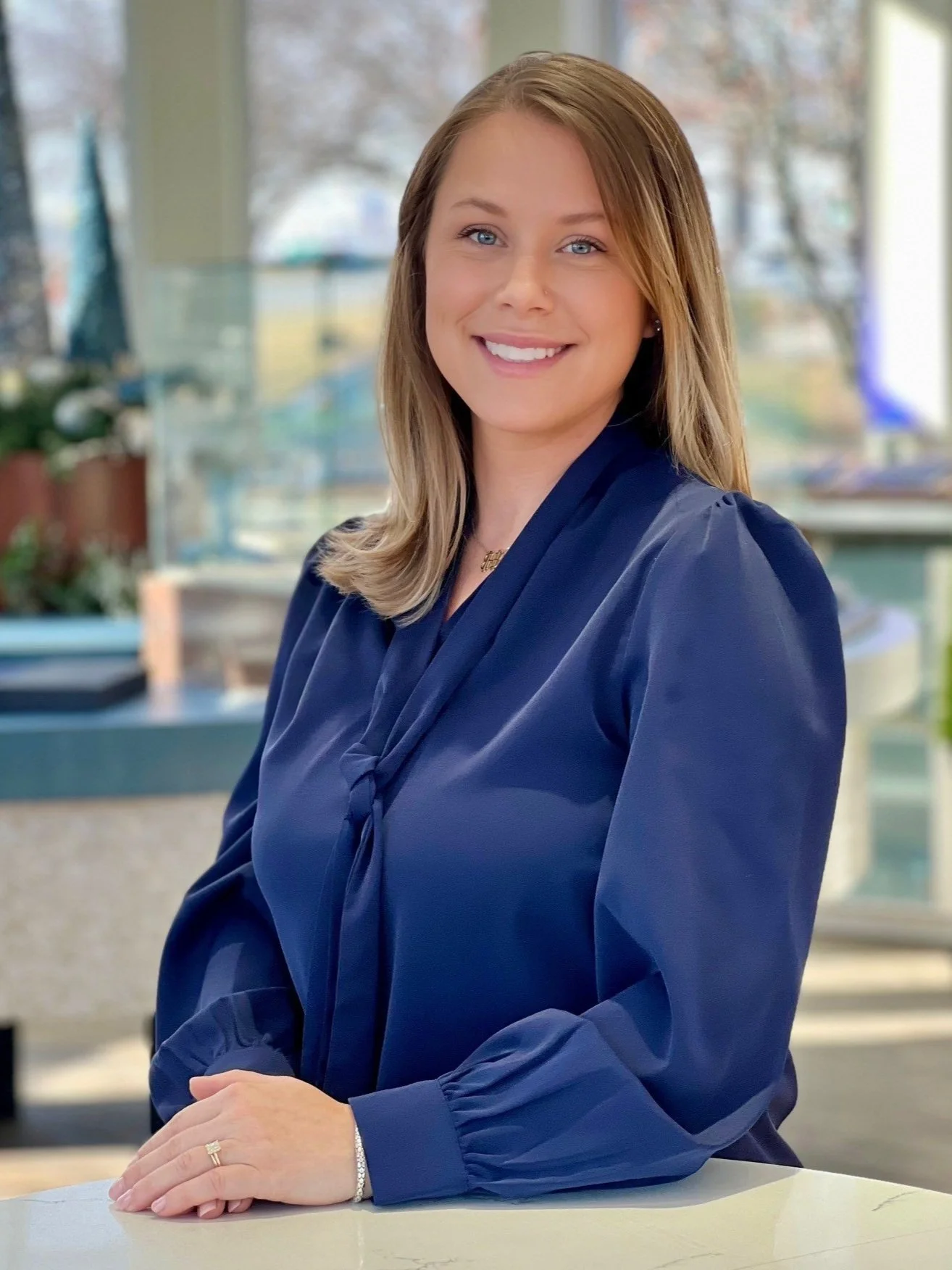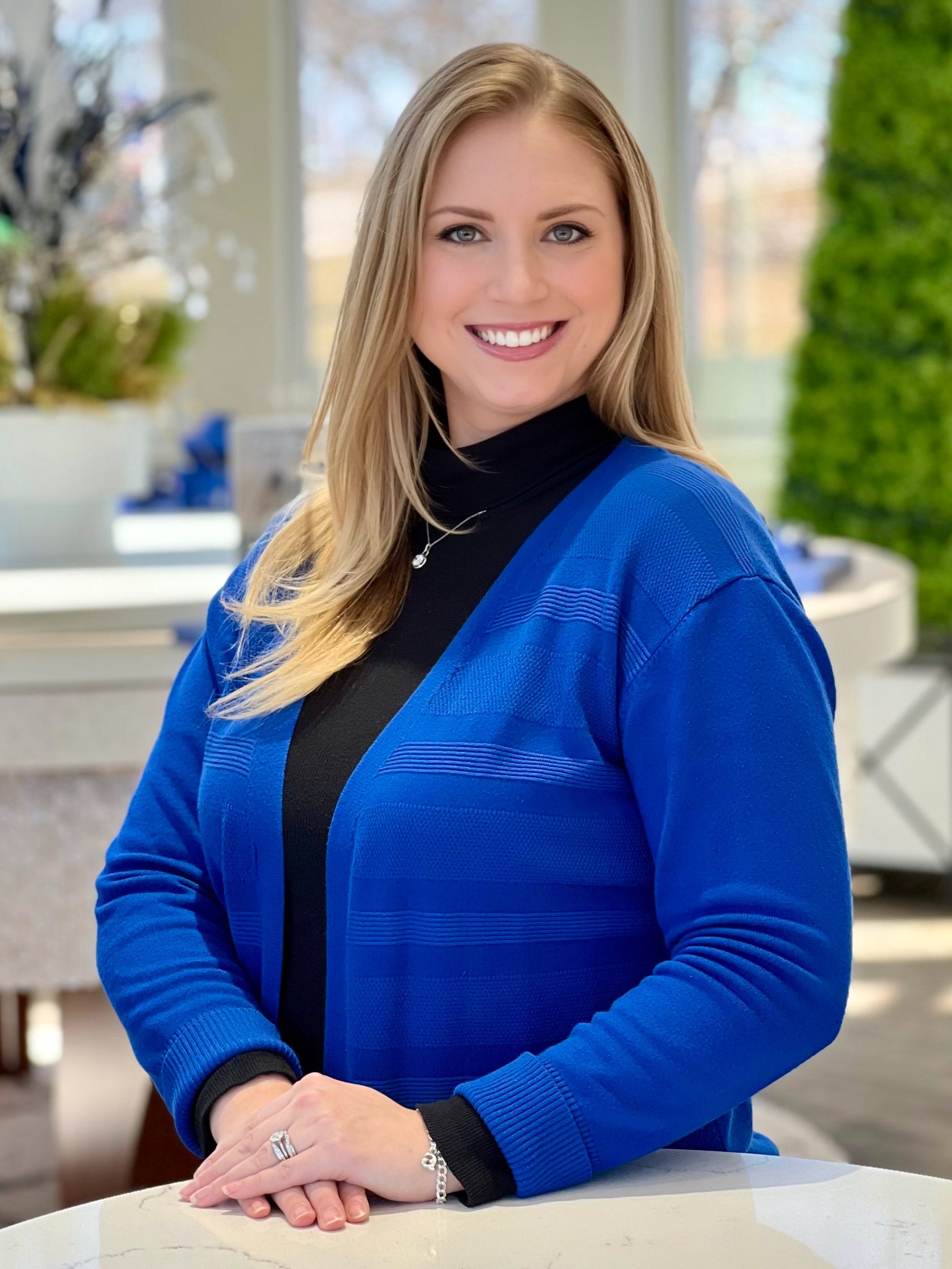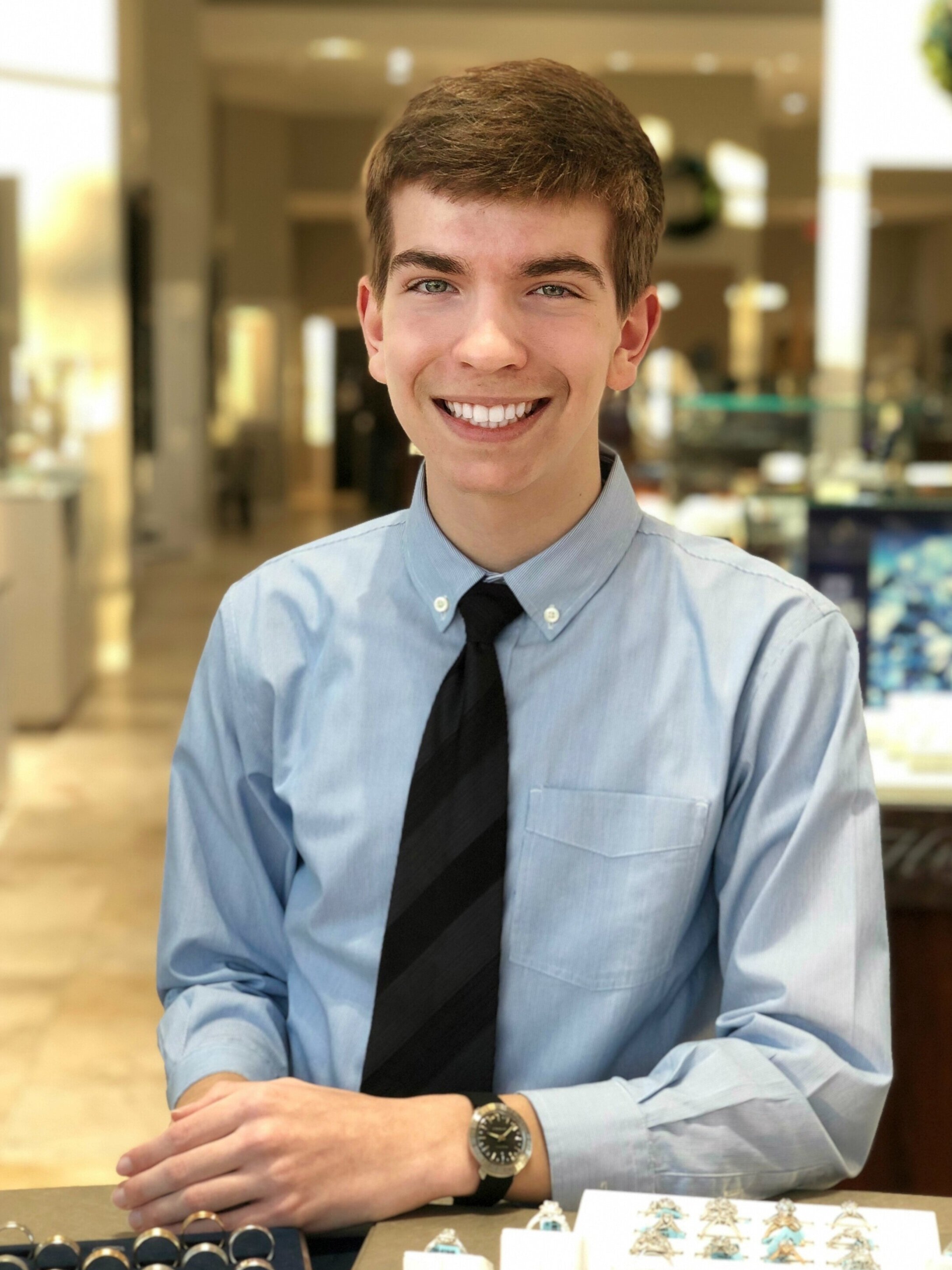Hidden Valley celebrated National Ranch Day — March 10 — by unveiling a 2.01-carat round brilliant-cut diamond cooked up in a lab using Hidden Valley Ranch Seasoning.
To pull off this feat, the popular condiment company employed the expertise of geologist Dean VandenBiesen, who is also the Vice President of LifeGem, a company known for creating memorial diamonds from the ashes of loved ones.
In this project, VandenBiesen heated the powdered seasoning to a scorching 2,500 degrees Fahrenheit and then applied 400 tons of pressure.
After five months, VandenBiesen had grown a rough diamond large enough to be cut into a 2-carat round known now as "The Ranch Diamond." Typically, more than half of the weight of a rough diamond will be lost in the cutting process, so we estimate that the pre-cut material weighed approximately 4 to 5 carats.
Diamonds are formed in nature when graphite, the crystalline form of pure carbon, is put under intense heat and pressure. Duplicating this process in a labor requires a material with a high carbon content, such as cremation ashes. Ranch dressing is made primarily from buttermilk, and it turns out that the chemical signatures of both butter and milk are high in carbon. By heating the seasoning to such a high temperature, the geologist was able to derive the graphite for his diamond press.
Set in a white-gold band engraved with the initials HVR LVR (short for “Hidden Valley Ranch Lover”), the G-color, VVS1-clarity diamond is currently up for bid on eBay.com (TheRanchDiamond.com redirects there) with the proceeds going to the hunger-relief nonprofit Feeding America.
Bidding started on Friday morning at $310. As of Sunday night, 78 bids had pushed the price to $12,450. Bidding closes on March 17. Every dollar raised will help provide at least 10 meals.
"Last year, when one of our custom Valentine's Day bottles was used in a marriage proposal, we were inspired," said Deb Crandall, Marketing Director at Hidden Valley Ranch. "We saw a love of ranch become part of one of life's most beautiful moments. It made us wonder, how can we make this act of love even more memorable?"
Back in 2018, Hidden Valley's marketing department honored the nuptials of Prince Harry and Meghan Markle — and National Ranch Day — with a bejeweled bottle of salad dressing valued at $35,000.
White diamonds punctuated the crown-shaped cap, while green and blue sapphires adorned the bottle’s neck. Thin ribbons of blue sapphires hugged the contours of the bottle on four sides, while a thicker ribbon of blue sapphires wrapped around the bottom. All of the gems were set in 18-karat white gold.
The blue bottle accents were a nod to the British Royal Family. The late Princess Diana famously wore a blue sapphire engagement ring that was eventually passed down to her eldest son, Prince William.
Credits: Photos courtesy of Hidden Valley.
























